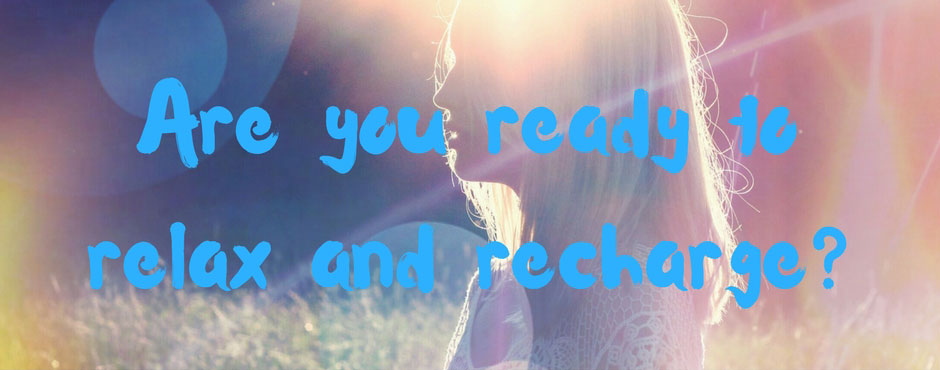 This 5 part course is aimed at beginners who want to experience the calming power of meditation and reduce stress.
This 5 part course is aimed at beginners who want to experience the calming power of meditation and reduce stress.
You can either complete the entire course in one sitting or do 1 part per day over 5 days.
Step 1 – Introducing Meditation
What is Meditation?
Meditation is a way of developing the mind by stilling and learning to gently control it.
When you practice meditation, there can be both an instant and long term effect on stress and anxiety. Within minutes you can feel calmer and less overwhelmed. Regular practice leads to the ability to notice stress and anxiety building up and take action before it becomes overwhelming.
Why else should I meditate?
The benefits also include improved concentration, better sleep, an overall sense of wellbeing, an inner calm, and improved performance at work.
Additionally, when you meditate regularly, you will react in a more calm and level-headed manner to crises and problems or conflicts that you experience in your everyday life. No longer will you react badly to criticisms or when someone cuts you up while you’re driving!
When can I meditate?
The best time of day to meditate is when it suits you best but ideally first thing in the morning or in the evening when you want to, and have time to, relax.
Ideally, you should find a quiet space where you will not be interrupted. The room should be comfortable and quiet. If the room feels cold, then either put on another layer of loose clothing or wrap a blanket round you.
You can sit on a chair or sit cross-legged on the floor, whichever is more comfortable.
Have a bottle of water to hand in case you need to take a sip.
Step 2 – A basic meditation exercise
The following meditation is a nice basic one to help you to focus on the present moment. The main focus is on your breath. If any thoughts appear in your head, just let them go and bring your focus back to the breath.
You can now see how simply focusing on the breath can help you to experience inner calm with reduced stress and anxiety.
Step 3 – A teacup meditation
The following meditation demonstrates how you can practice being present with the help of a tea cup.
Before you begin, find a tea or coffee cup.
With this exercise, you can now see that you aren’t just restricted to focusing on the breath but can use an everyday object to focus the mind, reducing stress and anxiety.
Step 4 – Making meditation a regular practice
You are encouraged to repeat any of the meditations whenever you have a quiet moment, perhaps once a day after waking up or just before going to bed. (Of course, do not meditate while driving, operating machinery or doing anything dangerous.)
Ideally, you should make meditation a daily practice. If you can only do the 5 minute meditation once a day, even that is better than nothing. Over time, you can do it once in the morning and once at night.
Step 5 – Your 7 Day Challenge
Thank you for taking this introductory course. I hope you found it beneficial and gave you some insight into mindfulness meditation.
To continue with your learning, you are recommended to choose one of the exercises and practice it everyday for the next 7 days.
For ongoing support in making mindfulness a regular practice in order to fully benefit from this simple but powerful practice, you are invited to join our online programme, Thrive Under Pressure.
This special programme is designed to help you to get the best out of mindfulness and learn how to thrive under pressure.
The programme is a 12 week online course where you will get to experience further and varied mindfulness exercises as well as learn how to really integrate mindfulness into your busy life.
Find out more: https://www.wimble.com/thrive-under-pressure-online-training-for-individuals/
